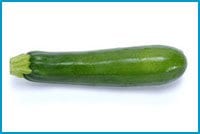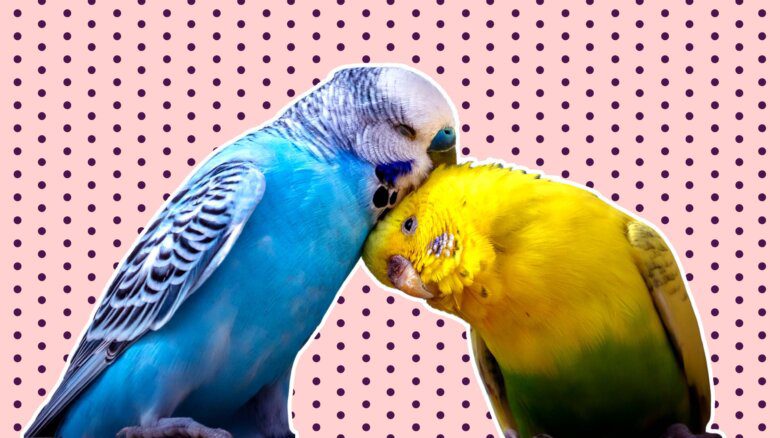
Wetlands opens at TIFF on Friday, Sept 9. Credit: (Promotional photo)
It’s 20,000 years older than the wheel and a whole lot less practical, but whether you’re stroking, poking, pegging or pounding, the dildo is still one of the most entertaining human inventions. When you insert a dildo, no matter which hole, you are taking part in a tradition that has survived the rise and fall of numerous civilizations and has spanned cultures around the world.
Over the millennia, horny and industrious humans have employed all manner of materials for their plugging pleasure. The dildo enjoyed many incarnations before the mass production of modern rubber and silicone models that we know today. There were unripe bananas being used in early Arab and Polynesian cultures, jade and bronze cocks in China and resin-coated camel dung dongs in ancient African cultures.
One of the world’s oldest known dildos is a polished siltstone phallus from the Upper Palaeolithic period 28,000 years ago. It was discovered in Hohle Fels Cave near Ulm, Germany. The 20-centimetre dildo, reassembled from 14 fragments, shows distinctively penile rings etched around one end. The artifact also has scars showing it was also used for knapping flint chips. This is perhaps the earliest reference to the term “whacking off” we’ll ever get.
“It’s highly polished; it’s clearly recognizable,” professor Nicholas Conard of the Early Prehistory And Quaternary Ecology department at Tubingen University told the BBC after the artifact was reassembled in 2005.
Another famous dildo found in this period is a double-ended baton from the Gorge d’Enfer region in France. This piece consists of two carved penises set at an angle, much like today?s double dildos.
The history of the dildo is somewhat mysterious, with 22,000 years passing between the earliest known examples and the next. But surely early humans knew a good thing once they’d discovered it. It’s less likely that the dildo was abandoned; rather that many archaeologists have avoided sexual interpretations of their historical finds, prudishly classifying possible sex toys as objects of ritual, religion and art.
The sex toy trail picks up again in Harappaa, Pakistan where phallic objects were discovered dating to 4,000 BCE (before common era). These dildos resemble the modern lingga, the Hindu symbol of the god Shiva who is said to have fallen in love with himself. In Sexual Practices: The Story Of Human Sexuality, author Edgar Gregersen postulates that they were “used in Hindu worship, and some function specifically as dildos used in religious sex rites.”
Egyptian frescos dating from 3,500 BCE to 30 BCE depict nearly naked female dancers each carrying an oversized erect penis for the god Osiris. In the same time period, ancient Egyptian women believed they could improve their fertility by masturbating in moonlight atop the stone phallus of Amon-Ra, the Egyptian god of sun.
(Story has it that in the 1990s the Egyptian government began posting armed guards at some of the more popular Amon-Ra statues because Egyptian women were wearing down the statues stone cocks through centuries of use. However, since most archeological treasures are guarded in Egypt, armed protection specifically to prevent the wear and tear of stone cock is difficult to prove.)
The ancient Greeks gave us the first known written references to dildos, or as they termed them “olisbos.” Aristophanes refers to them in the play Lysistrata and the poet Herodias entitled one of his plays The Dildo.
The olisbos were popular items, depicted in graphic illustrations of anal and vaginal use on pottery. The ancient Greeks were also the only early civilization that is known to have documented men as well as women utilizing dildos.
In ancient Greece, masturbation was seen as a gift from the gods — literally. It was believed that the god Hermes taught his son Pan how to masturbate to relieve himself of the misery of being rejected by the nymph Echo. Pan in turn shared his knowledge with the human shepherds.
During this period, dildos were made of stone, leather or wood in the city of Miletus and sold by Miletan traders around the Mediterranean and beyond. Considering the potential stiffness and chaffing from stone, leather or wood dildos, it?s not surprising the ancient Greeks were also the ones who came up with the first known lubricant: olive oil.
The next great dildo discovery comes from the royal ranks of the Han Dynasty in Xian, China around 200 BCE to 25 CE. Seven bronze dildos, cast from a sizeable realistic model, were found in a tomb and are thought to have been used on concubines or aristocratic women by their palace maids.
But it wasn’t until the early 1400s that the word “dildo” actually appeared. Writings of Renaissance Italy recorded the new word, though its origins remain unclear. One theory is that it came from the Latin word dilatare meaning “to open wide.” Another possibility is that it comes from the Italian word diletto, meaning “delight.”
One important, albeit indirect milestone in the modern history of the dildo is the year 1844 — the year rubber was first vulcanized. By treating the rubber with sulphur under high temperatures, the material gained both elasticity and strength. The increased flexibility was a great improvement soon applied to dildo manufacturing.
Unlike the vibrator, which was initially marketed as “massage therapy” to treat hysteria in women, the dildo has always had obvious sexual overtures. The invention of the motion picture in the 1890s quickly confirmed this fact with the production of pornographic films, or “blue movies.” In 1907, the first pornos appeared and soon featured women playing with dildos and strap-ons. Gay pornos, or “stag- to-stag” films, were also being produced in the 1910s and ’20s but fewer examples have survived into the 21st century to prove whether or not dildos were featured.
A 1918 Sears-Roebuck catalogue showed an advertisement for dildos, marketing them as “a device for anxiety and female tension.” They were promoted as something to keep women happy and content. Early pornography had a hand in stripping sex toys of their innocence and by the 1930s dildos and vibrators secured a kinky reputation and were no longer the domain of the average housewife.
Inventions came hard and fast in the 20th century. The first electric dildo was sold in 1911. The now-common beside companion, KY Jelly, was patented in 1927 but sadly wasn’t made available over the counter until 1980. Latex rubber, tapped from the Havea tree, appeared in the 1930s and this softer and more pliable rubber was quickly adopted for dildo manufacture. Finally, in 1966, the very first, one-piece, super-powered, battery-operated, power-house vibrating dildo was patented.
Dildos hit pop culture literature with William S Burroughs’ novel Naked Lunch, published in 1959, with Steely Dan, a dildo that reappears in various sexual depictions in the book.
Sex toys were truly launched in the “free love” movement of the ’60s. On sale in magazines and popularized in pornos, dildos were once again hot commodities for both homos and heteros.
Today dildos can be found in virtually every shape, size, colour and texture imaginable. There are short and long dildos, with balls and without, vibrating dildos, realistic flesh-coloured dildos, animal-shaped dildos, dildos to match your horoscope sign, the Praying Mary or Diving Nun dildos, even a Pyrex snake-head dildo that has a once-live snake baring fangs encased in its shaft. More of a DIY type? You can buy “make your own dildo” kits to suit your personal pounding pleasure.
Although this could be called the golden age of the dildo, the shaft of the ages is still considered a threat by some. In many countries around the world dildos are banned, while in others they can only be produced and sold if they have no resemblance to human anatomy. In the US, the sale, production or distribution of sex toys is currently illegal in six states.
But despite the morality laws against them, dildos have been around for ages — literally — and aren’t likely to become extinct now.

 Why you can trust Xtra
Why you can trust Xtra


